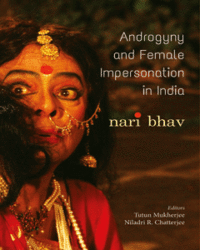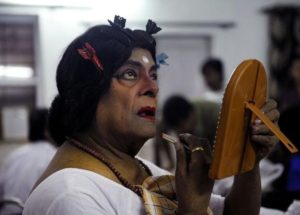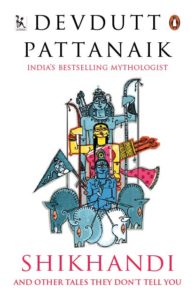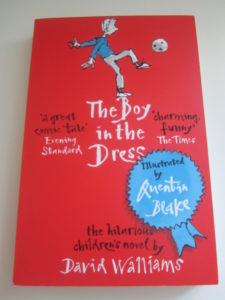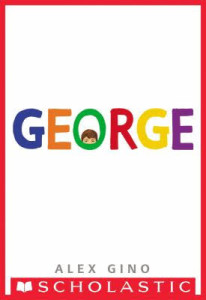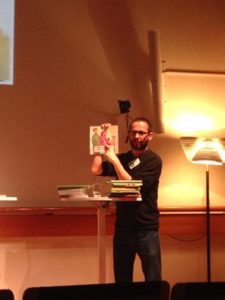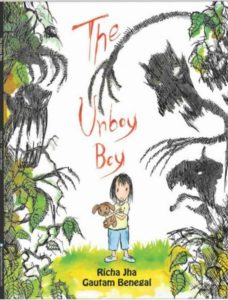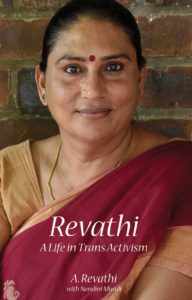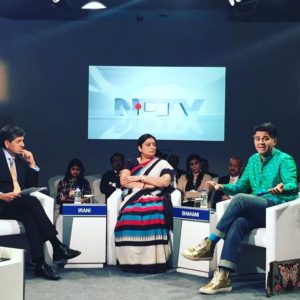Land Of Love And Ruins by Oddny Eir
( I reviewed Oddny Eir’s magnificent book Land of Love and Ruins for The Mint. )
Land Of Love And Ruins is the first novel of Icelandic writer Oddný Eir to be translated into English. This book had won the writer and environmental activist the 2014 European Union Prize for Literature and the 2012 Icelandic Women’s Literature Prize. Written in the aftermath of the Icelandic banking crisis, Land Of Love And Ruins takes on the form of a diary, allowing the writer the freedom to flit back and forth on a subject and digress into personal reflections, recalling a conversation of the day or meditating on different philosophical points. It is a wonderful way for the reader to sink into an autobiographical novel that reveals an anxiety about the plundering of nature in the name of development.
In her diary accounts, the nameless woman narrator also reflects upon her complicated relationship with her archaeologist brother and ornithologist boyfriend, whom she refers to by their nicknames, Owlie and Birdie.
Her diary meanders through the few months she spends working while travelling within her country, Iceland, and abroad. While in Iceland, she travels to well-known tourist spots such as the lava park, Reykjavik; Hveragerði or the hot springs park; Holsfjoll, where there have been farms since mid-15th century; Snartarstaðir, famous for the museum of 19th century local objects; Vopnafjörður, known for its salmon and untouched land but also the port from where immigrants left in the 19th century; and the St Nicholas church, associated with an abandoned monastery that once had a printing press in its basement, and is a hub of literary activity.
There are other interesting themes running through the book, such as brother-sister pairings, much like the relationship between herself and her brother, who cohabit. In the book, she speaks of the incestuous Egyptian gods Osiris and Isis, who were married and had a son; of William and Dorothy Wordsworth, who had a platonic relationship; “(a) certain Guðrún from Jökulsárhlið”, who was banished from society for bearing her brother’s child. She then fled to the mountains, where he joined her and “they lived in peace and harmony for many years, far from human habitations and in defiance of the law”.

Eir’s novel brings up the question of love between brother and sister, referring in one instance to the Egyptian gods Osiris and Isis.
The diary entries also reveal the writer’s fascination with the coexistence of the Christian liturgical calendar with that of the lunar calendar, reaffirming the steadfast relationship man has maintained with nature over centuries, and which acquires mythical and religious dimensions. Finally Oddný Eir’s love for literature is always lurking, with liberal references to books she is reading, which she links to her own life: “It’s so embarrassing to think that someone is actually interested in what you’re thinking. And in that regard, it’s almost unbelievable that autobiographies are published. Who cares about your story? I bought a little book by Thoreau in a bookshop last night, with this statement on the first page: I will therefore ask those of my readers who feel no particular interest in me to pardon me if I undertake to answer some of these questions in this book.”
Land Of Love And Ruins is reminiscent of the leisurely pace of Samuel Taylor Coleridge’s Biographia Literaria. Solitude is important to both the writers to contemplate their surroundings. The texts may be nearly two centuries apart, but their core ideas of subjectivity and man’s relationship with nature seem to address universal issues, which even 200 years after the Romantic movement continue to be relevant.
Oddný Eir writes: “Our relationship with nature needs to be renewed, our connection to the future. In this prolonged limbo and uncertainty, we’re lacking a vision of the future.”
Eir is a magical writer with a powerful voice who is not to be missed.
Land Of Love And Ruins: By Oddný Eir, translated from the Icelandic by Philip Roughton, Restless Books, 240 pages, $24.99.
16 December 2016

